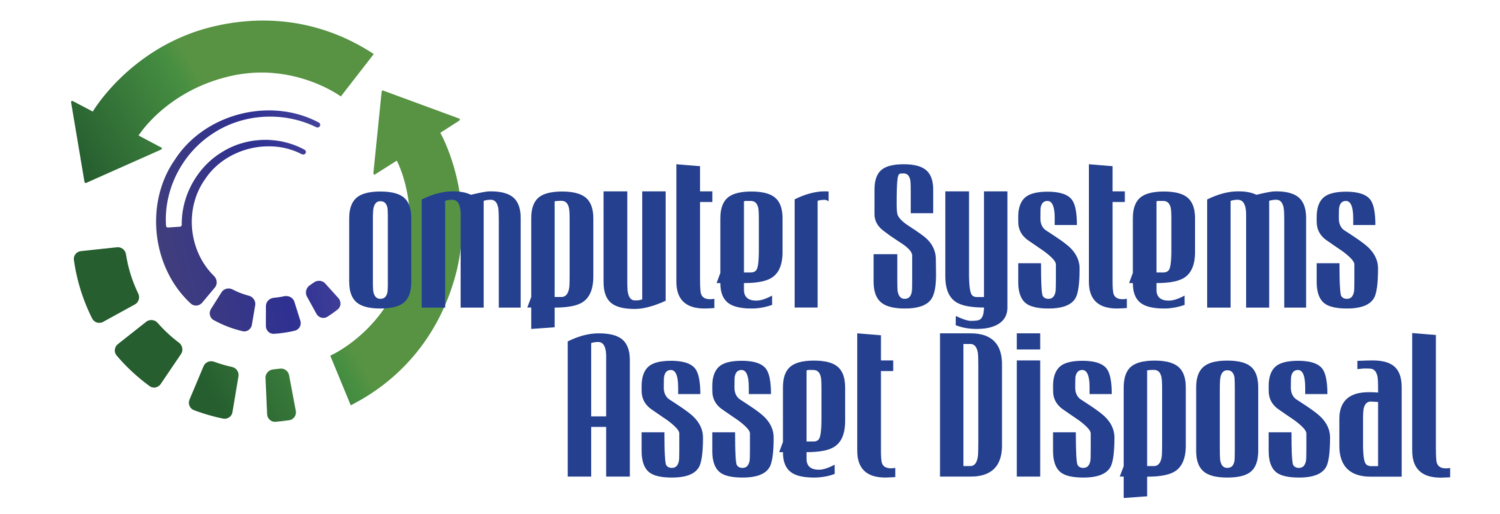E-Waste Compliance & Resources
E-Waste Compliance
See how you can better manage and report on your organization’s E Waste and how we can help you meet the guidelines set by both federal and state agencies.
E-Waste Resources
Read the articles below to learn how “upcycling” your decommissioned electronics equipment can improve the environment, reduce your organization’s carbon emissions, and provide new life to older technology.
-
Carbon Emission Implications of ICT Reuse at the University of Edinburgh
The University of Edinburgh Department for Social Responsibility and Sustainability is running a pilot project to reuse desktop PCs and monitors internally when they would otherwise be destined for the University’s waste stream (for reuse or recycling elsewhere). The project has reused a total of 174 computers in this way, against a target of 100. The benefit, in terms of carbon emissions avoided in the new computer supply chain, is significant. By extending the lifetime of a single computer and monitor from four years to six years, approximately 190 kgCO2e of carbon emissions are avoided. Therefore, the pilot has achieved benefits of around 33,000 kgCO2e, and the potential of the idea if fully incorporated into standard practice is conservatively estimated at 380,000 kgCO2e per annum (equivalent to keeping more than 150 cars off the road). The energy efficiency of new computers with respect to old computers is considered and discussed, and it is concluded that the benefit of continuing to use an old computer (i.e. making best use of the carbon invested in its creation) far exceeds the benefit from any potential energy efficiency gain from replacing it even under optimistic assumptions around improvements in energy efficiency.
Read the full report from the University of Edinburgh at the link: Here
-
Calculating the Emissions Impacts of Waste Electronics Recycling in Ontario, Canada
In 2015, the government of Ontario set a target of reducing greenhouse gas emissions by 15% below 1990 levels by the year 2020, and 37% below 1990 levels by the year 2030. This is seen as being part of a broader commitment at both the provincial and federal level to combat anthropogenic climate change. As a means to encourage these reductions, the province has highlighted the waste management sector as being a primary driver of reduced carbon emissions through waste reduction, reuse and recycling.
When materials are diverted from landfills for reuse or recycling, greenhouse gas emissions are affected in three ways. First, as with organic waste, if the material is methagenic, landfill methane emissions are eliminated, offset by a reduction in landfill carbon sequestration. Second, the energy inputs used to manufacture certain materials from virgin materials are significantly greater than those required from recycled material. As a result, recycling reduces total energy expenditure used during manufacturing processes, reducing GHG emissions.
This study also found that targeting specific materials for recovery could result in a scenario where the province could improve emissions offsets while reducing material management costs.
Read the full report from the Journal of Carbon Research at the link: Here
-
Carbon Footprint of a Typical Business Laptop From Dell
The largest contributor to the typical laptop’s carbon footprint occurs during the manufacturing phase.
Manufacturing of a laptop typically includes the extraction, production and transport of raw materials, the manufacturing of components and subassemblies (including product packaging), the manufacturing of the product, and the final assembly of the laptop. Additional indirect contributors also include the transport of the subassemblies (battery, chassis, hard drive, display and motherboard) as well as the energy consumption (electric power, fuels, thermal energy) for different final assembly sites.
Based on Dell’s research, it is therefore necessary to conclude that the refurbishment and reuse of used electronics equipment has a major impact on the global emissions generated from the Technology Industry. it is therefore the responsibility of technology equipment owners to find outlets that can effectively provide new life to old assets.
Read the full report from Dell at the link: Here

